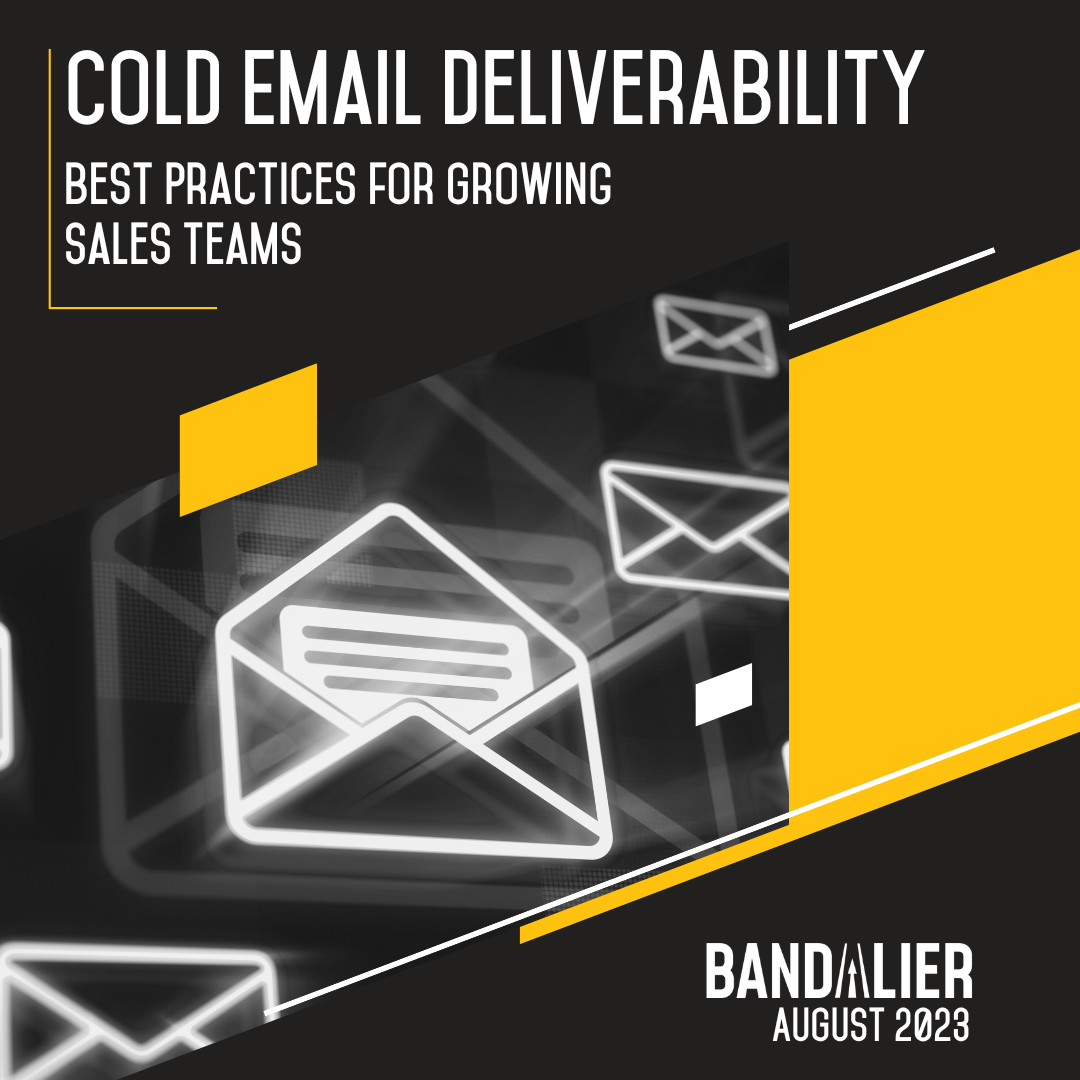Inside sales outsourcing once meant little more than appointment-setting shops, telemarketing floors, or agencies that supplied temporary sales representatives. Back then, these outsourced-inside-sales services were very transactional. You use them to fill headcount gaps but not to fix deeper process challenges.
But in the AI era, outsourcing is shifting away from filling headcount gaps toward managed services that bring structured expertise. These services are designed not just to supply talent, but to orchestrate entire systems that adapt and scale.
Modern inside sales outsourcing companies combine structured processes, global talent networks, and selective AI tools to generate higher-quality leads, shorten sales cycles, and accelerate revenue growth. Instead of relying on a single unicorn SDR to handle every responsibility, you get specialized teams supported by technology.
So, how has inside sales outsourcing evolved over the years and how can you make it work for your business? Keep reading to find out.
As you explore what’s changed and what works today, you’ll also discover how to choose the right partner and steer clear of common pitfalls.
What is Inside Sales Outsourcing?
Inside sales outsourcing used to mean hiring external representatives to handle phone or email outreach. These providers solved surface-level problems like adding headcount or scaling activity, but they rarely addressed the one that truly mattered: driving results.
As the services industry shifts toward AI-embedded managed services, modern B2B inside sales outsourcing programs are now able to focus on comprehensive solutions that actually move the needle
Today, inside sales outsourcing is no longer about renting extra hands. Instead, it’s about plugging into a proven system that delivers consistent and, equally important, scalable results. A strong outsourced inside sales team blends trained representatives, support functions, and sales outsourcing solutions such as AI-driven research, enabling improved sales performance and stronger customer acquisition.
The Evolution of Inside Sales Outsourcing
Outsourcing has always been designed to lift the burden of handling routine sales operations off the company. Traditional inside sales outsourcing was framed as talent-as-a-service, allowing companies to bypass recruiting and payroll by contracting SDRs externally. But these representatives were expected to be unicorns (and due to budgets, often underpaid unicorns!); simultaneously tackling tasks like researching accounts, personalizing outreach, dialing, logging, and creating reports. With so many demands on one person, results were inconsistent and burnout was common.
These days, the system itself hasn’t changed but the employment model has.
Specialization Instead of Unicorns
Modern SDR programs focus on high-value conversations and follow-ups, rather than juggling every task. A separate team, GTM Engineering, handles data, tooling, and reporting, while yet another separate Lead Research team manages list building and enrichment.
AI Where It Helps, Humans Where It Matters
AI, combined with human oversight, allows tools such as large language models to generate draft intros, suggest call openers, and help score leads. Still, the tasks of quality checks and personalization remain in human hands.
Global Talent Allocation
Top providers are able to tap into global talent teams, splitting responsibilities by region. Live prospect conversations, for instance, are led by native English-speaking SDRs in markets like the United States and UK, while GTM engineering and lead research are managed by emerging market specialists in Kenya or the Philippines.
Rather than relying on full-stack SDRs to do everything, modern inside-sales-as-a-service models assign lead research to specialized teams, letting SDRs focus on calls and follow-ups. As a result, more meaningful conversations happen each week, which directly increases the chances of closed deals and accelerating revenue growth.
Benefits of Inside Sales Outsourcing for Growing Companies
Inside sales outsourcing doesn’t simply add headcount for growing companies. If done well, it builds a system designed to consistently generate qualified leads and accelerate deal flow. It also delivers benefits that remain out of reach when relying on traditional outsourcing or managing everything in-house.
- Faster Ramp. Outsourced pods with pre-built playbooks and research supports can be active in weeks and eliminates the long hiring cycles.
- Lower Overhead. Companies avoid stacking tech subscriptions and headcount costs by getting a managed program that already includes people, tools, and QA.
- Predictable Coverage. Outreach never stops as outsourced pods absorb attrition and vacations.
- Specialization = Efficiency = Results. SDRs focus on the high-value conversations while remote inside sales pods handle research, personalization, and reporting with support teams + AI.
- Scalability. Easy to spin up new pods to test new regions without retraining from scratch.
Ultimately, outsourcing inside sales accelerates customer acquisition while keeping the sales process efficient and resilient.
Common Pitfalls of Inside Sales Outsourcing
Despite its benefits, outsourcing isn’t risk-free and comes with trade-offs you should know. As a growing company, you need to be aware of common traps:
- Appointment-setter legacy models often stall the funnel by struggling to produce meetings, or producing unqualified ones.
- The unicorn SDR trap expects one representative to manage data work, personalization, and high-volume calling, which creates inconsistency in volume and results.
- Poor visibility makes it difficult to track or optimize performance when vendors only deliver monthly PDFs instead of CRM-synced dashboards.
Pitfalls usually stem from outsourcing people without outsourcing the system. As a result, outreach loses momentum, and what should be a smooth pipeline turns into a series of misses.
The modern approach fixes this by letting SDRs focus on engaging the right prospects, while AI handles drafting outreach and supporting personalization. Research and data prep happen in parallel within specialized teams. Real-time dashboards show which campaigns are generating pipeline and which need adjustment.
How to Choose the Right Inside Sales Outsourcing Partner
Not all inside sales outsourcing companies operate the same way, so it’s important to evaluate potential partners carefully. Ask yourself the following questions when assessing a potential partner for your business:
Who Handles Which Roles?
If SDRs are expected to do everything themselves, that’s a red flag. Proper specialization allows sales representatives to focus on conversations that advance the pipeline while support teams handle other tasks.
How Is AI Integrated?
The best partners combine AI with human oversight to maintain quality. AI can automate repetitive tasks like research and drafting personalized messages, while humans perform QA. Fully automated approaches without oversight leads to poor messaging and, in turn, poor results.
What’s the Redundancy Structure?
What happens if someone is out sick or resigns? If this means your program will be set back by weeks or months while recruiting happens, that’s suboptimal.
How Transparent Is Reporting?
Visibility matters. CRM-integrated dashboards, call recordings, and regular reviews are critical for tracking performance and optimizing the sales process.
Is Modern Inside Sales Outsourcing Worth Your Investment?
Inside sales outsourcing has evolved rapidly thanks to AI – and, when done correctly, this is for the better. The new model isn’t just about adding capacity. It’s about building scalable systems that actually move the revenue needle.
The payoff becomes clear when your team delivers outreach that is consistent, high-quality, and personalized at scale. When exploring inside sales outsourcing, you should look for a partner that provides a complete system and consistent output, rather than simply adding more headcount.
At Bandalier, we organize SDR pods with GTM Engineering and pragmatic AI support, allowing representatives to engage prospects, qualify leads, and build pipelines more effectively. Schedule a 30-minute diagnostic call with us to see how this approach could work for your team.












